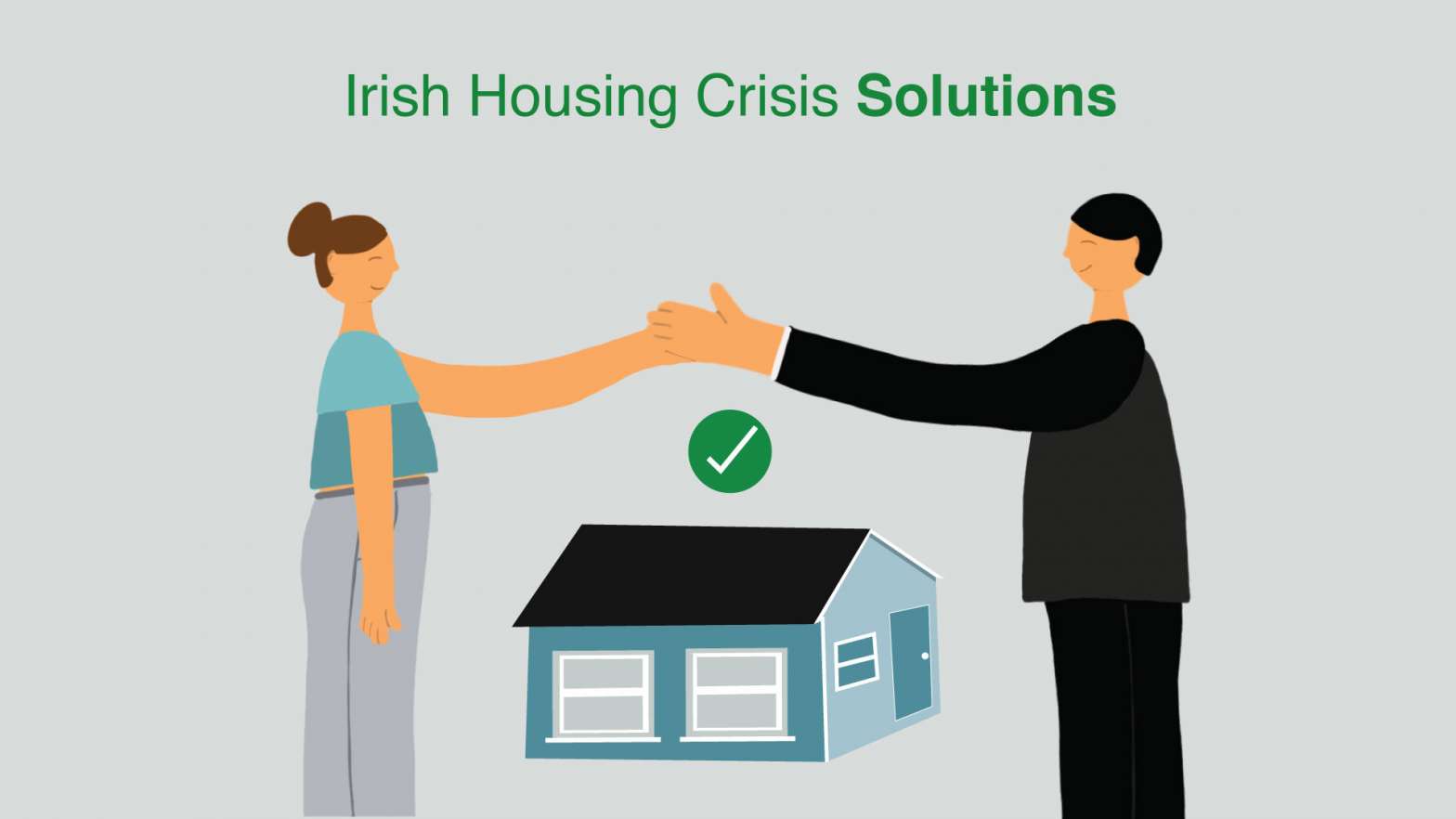Ireland is currently facing a severe housing crisis marked by rising property prices, a scarcity of affordable homes, and a rise in homelessness. Over the past decade, property prices in Ireland have surged by 80% with the supply of new housing sharply contracting, making homeownership increasingly unattainable. The situation is particularly critical in Dublin, where rental prices have surpassed the national average by 40%, leading to over 10,000 individuals, including families and children, finding themselves in emergency accommodations due to homelessness (International Monetary Fund, 2023).
To address this pressing issue, innovative and sustainable solutions are crucial, surpassing the limitations of traditional government-led housing projects. These initiatives have proven to be ineffective, the Land Development Agency’s (LDA) inability to produce noticeable results during the previous five years is one example of this, a fresh perspective is needed to revolutionise the housing landscape. This calls for a shift from government-driven initiatives to community-centred endeavours. The “sites and services” approach, involving the identification of underutilised land, subdivision into smaller plots, and provision of basic infrastructure, emerges as a promising model. This approach empowers communities and individuals to actively participate in building their homes, fostering a sense of ownership and sustainability. This approach, successfully implemented in various African and Asian cities like Nairobi, Kenya and Mumbai, India, addresses both immediate housing needs and contributes to long-term community development (World Bank, 2022).
Proposal:
To comprehensively address Ireland’s housing crisis, I propose a tailored plan rooted in the sites and services approach. According to an IMF report in 2023, factors contributing to the housing supply gap in Ireland include land availability, planning system regulations, and societal preferences for low-density houses (International Monetary Fund, 2023). This proposal addresses these challenges through key features of the “sites and services” approach, including land acquisition, streamlined planning, pre-approved house designs, and boosting construction sector productivity.
The surplus agricultural land near Skerries is identified as an ideal location for this innovative blueprint. Other than land availability, the area is well connected with motorways and a rail line creating an opportunity to explore transit-oriented development.
Key strategies for implementation include:
- Land Acquisition and Subdivision: Given that most land in Ireland is privately owned, there is limited availability of land leading to rising property prices, especially in urban areas (International Monetary Fund, 2023). Empowering local councils to purchase agricultural land at an elevated valuation from its current valuation will incentivise landowners. Farmers will receive a higher rate for compulsory purchase over agricultural land encouraging them to sell.
- Planning System: Entrust local councils with master planning acquired lands, strategically subdividing them into ¼ acre lots to create mixed-use spaces ensuring provision for mixed housing, social services, and commercial zones. The pre-planned lots would be resold at an affordable rate, and the proceeds would contribute to covering the infrastructure costs, creating a self-sustaining model. Plot owners choose between three pre-approved house designs, allowing individual expression while maintaining quality standards and architectural coherence within the community. Home owners could bring in their builders, provided they adhere to the council’s specifications, or opt for one of the council’s pre-authorised builders, combining autonomy with quality assurance. Environmentally friendly construction practices are also encouraged through incentives.
- Infrastructure Development: Local councils fund and execute necessary infrastructure works, creating a well-connected hub with strategic transportation improvements. By creating a spur from the M1 motorway, potentially diverting a train line, and adding a new station. Access to public transport infrastructure will be increased. Additionally, the planning of the area would focus on promoting sustainable, walkable neighbourhoods.
- Community Engagement: Local councils organise community consultation sessions, and conduct comprehensive impact assessments such as Social Impact Assessments (SIA), Agricultural Impact Assessments (AIAs), and Environmental Impact Assessments (EIAs). This will evaluate the potential impact of the proposed changes on the environment, agricultural viability, and the local farming community, ensuring compliance with regulations on environmental conservation and sustainable land use.
- Training: If we want to build more houses, we need to attract the talent to Ireland or train more people to help us do so. This involves streamlining visas for key skills as well as continuing to invest in construction training schemes
This proposed plan empowers local councils, involves communities, and strategically plans developments, offering a transformative solution to Ireland’s housing crisis. It has the potential to set a new standard for housing solutions in Ireland, inspiring important conversations and in-depth research.
References
International Monetary Fund, European Dept. (2023). Housing Affordability in Ireland.
World Bank. (2022). Reconsidering Sites and Services: A Global Review.






